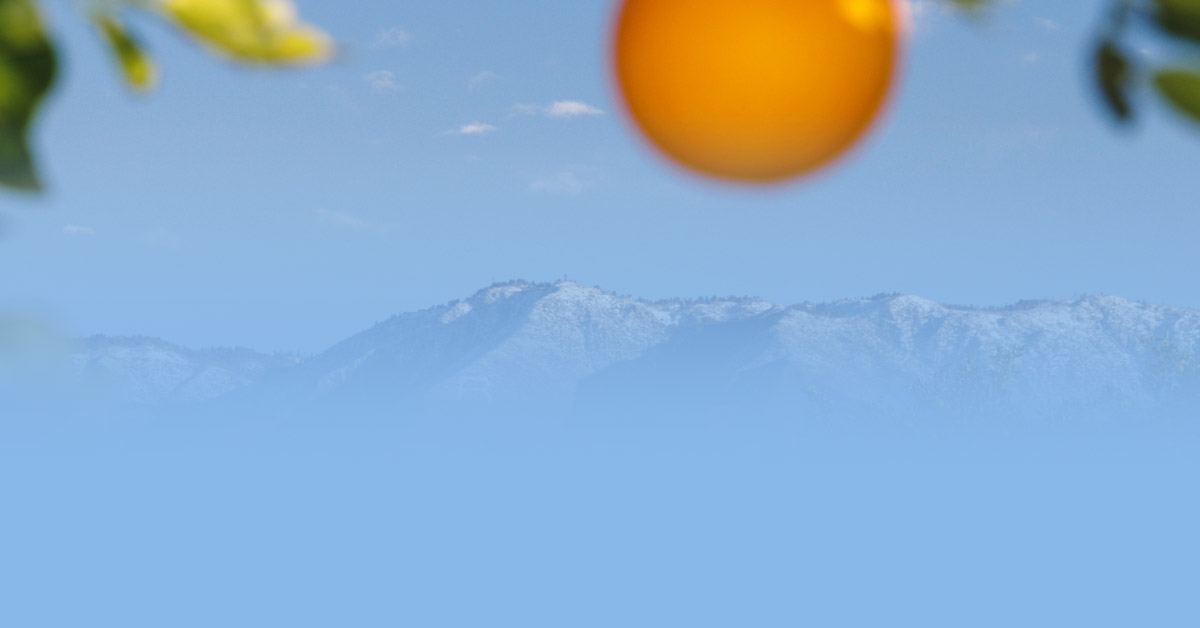
What a Great Time to Head Outdoors
Related Articles
- A Local Guide to Redlands Burgers
- 08/19/25 by Guest Writer
- Taco Tour 2025
- 02/17/23 by Guest Writer
- Things to do with Kids: Summer Edition
- 07/07/22 by Guest Writer
- A Burrito Guide to Mexican Food in Redlands
- 05/06/25 by Guest Writer